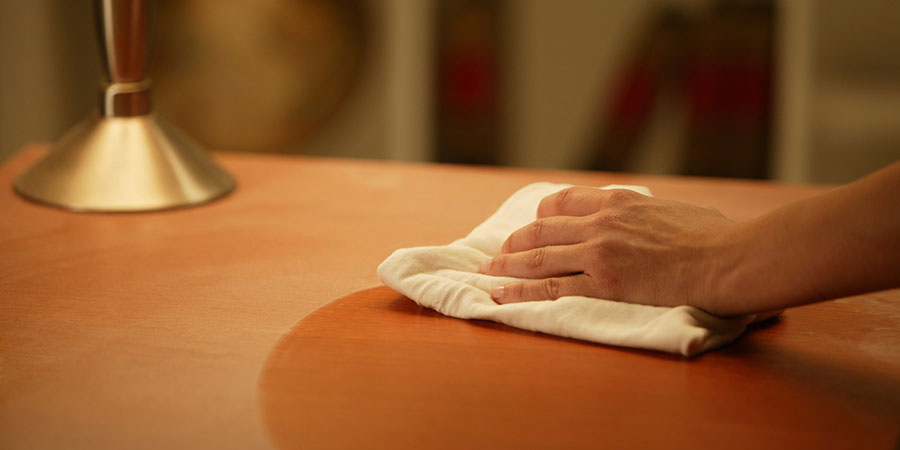A new study, authored by a team of researchers from the George Washington University, found that the dust that is in the conventional home is laced with about forty-five incredibly dangerous chemicals, including one known for causing cancer.
The researchers, led by Dr. Ami Zota — who happens to be an assistant professor of environmental, occupational health — did a meta-analysis of more than twenty-four other studies dedicated to finding out what exactly is in the dust inside the American home. All the previous studies, which analyzed indoor environments, date as far as the beginning of the century.

The researchers were on the lookout for toxic chemicals, and divided their findings into five classes: fragrances, phenols, flame retardants, phthalates, and fluorinated (or perflouroalkyl) chemicals.
Chemical hazard
The research concluded that this five classes of chemicals are very common among household objects. Things such as personal care products, furniture, cleaning products, toys, perfumes, candles, fast food , electronics, and nonstick cookware contain at least one of these type of chemicals.
The most common type of chemical found are phthalates, appearing in the highest concentrations — and not without reason: as phthalates make plastics soft and flexible, they’re often found in PVC products, which include things from food packaging to vinyl flooring.
Phenols were the second most usual kind of chemicals, as they are generally used in cleaning products. Naturally, these substances are largely known or suspected to be hazardous, especially to children.
Young children, as they’re likely to crawl around and put things in their mouths, and as such are in the most contact with dust, are the most susceptible to the effects of chemicals. What are known as “environmental insults” can have long-lasting impacts on the developing young minds and bodies.
For example, phthalates are known to cause hormone disruption, and are reproductive hazards, and they also are linked to neurodevelopmental, behavioral and respiratory problems. Some flame retardants are linked to cancer. Fluorinated chemicals cause toxicity in the reproductive, digestive and nervous systems.
More knowledge is needed
While the information answers many questions, it does not answer them all. In particular, there are significant gaps in knowledge about fragrances. For example, their effects on health are little known.
More research needs to be done in order to more efficiently identify the range of toxic substances that are found in households and that people are constantly exposed to, and to push for better regulations to reduce the amount of chemicals entering homes.
According to Dr. Zota, one of the objectives of the study is “helping researchers as well as decision-makers to set priorities. Which chemicals to prioritize, in terms of conducting future health assessments. As well as which chemicals to actively develop safer alternatives for.”
People at home can take measures to reduce exposure to dust and the toxic elements within: besides cleaning the house, not with feather dusters but with appropriate vacuums, simple hand washing can aid in reducing exposure — as some chemicals can be absorbed through the skin upon contact.
Sources: CBS News
